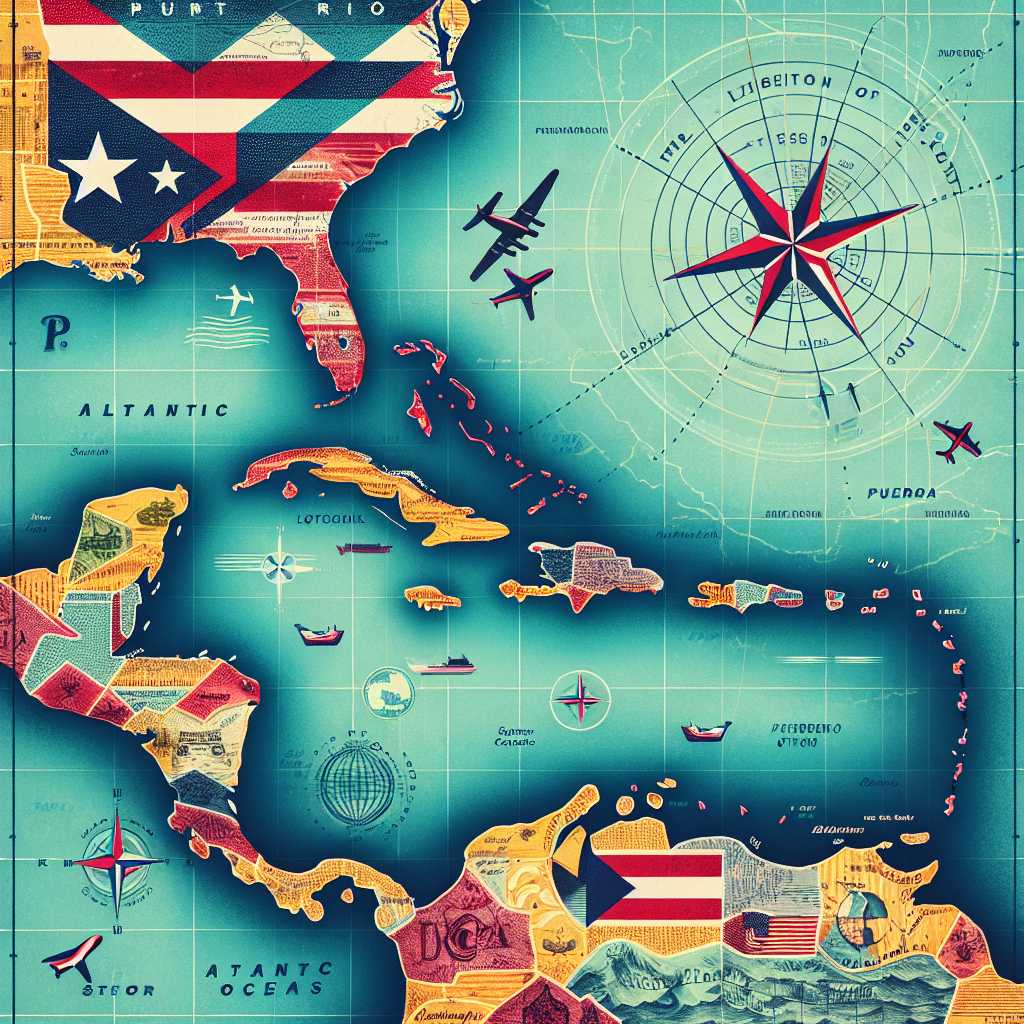USA vs Puerto Rico: The Complexities of a Historically-Delicate Relationship
The United States and Puerto Rico share a high-complexity political relationship that balances federal authority with local autonomy. This relationship is rooted in over a century of historical developments which have unfolded since Spain ceded the island to the US in 1898, following the Spanish-American War. The details encapsulate elements of colonial history, territorial status debates, cultural interplay, economic dependencies, and evolving governance.
Historical Context of USA-Puerto Rico Relationship
The connection between the United States and Puerto Rico began when the island became a territory of the US after the Spanish-American War, ending more than four centuries of Spanish colonization. Over the years, different laws and acts passed by Congress have shaped Puerto Rico’s contemporary political structure within the framework of its association with the United States.
The 1917 Jones-Shafroth Act granted US citizenship to Puerto Ricans and allowed for a locally elected Senate and House of Representatives. Later, in 1952, the US approved Puerto Rico’s constitution, establishing its status as a Commonwealth, which provided for internal self-government but left matters such as defense and tariffs in American hands.
Economic Entanglements and Aid
Economically, the links between the two many layers. For decades, Puerto Rico enjoyed tax incentives designed to attract US manufacturing companies, significantly impacting its economy. These incentives were phased out in 2006, creating an economic shock to the island’s revenue generation capabilities.
Furthermore, Puerto Rico reports unemployment and poverty rates significantly above those on the mainland United States. Federal aid programs play a vital role in maintaining the island’s economy and social services, though differences in eligibility and benefit levels in comparison to federal states raise questions among policy-makers and residents alike.
Cultural Relations and Identity
A profound cultural exchange has characterized the relationship between the mainland US and Puerto Rico. Many Puerto Ricans have migrated to cities such as New York and Orlando, creating a bicultural dynamic. The presence of icons like Roberto Clemente in baseball or Lin-Manuel Miranda in theater highlights widespread success despite cultural barriers.
Concomitantly, discussions around cultural identity are often intertwined with political discourse concerning statehood versus maintaining Commonwealth status or even seeking full independence—a debate that often extends past practical matters into topics of heritage and nationalism.
Hurdles And Sociopolitical Challenges
Many challenges permeate this unique political bond—a primary example consists of responses to natural disasters like Hurricane Maria in 2017. Criticisms from local authorities regarding what was seen as insufficient coordination and aid from the federal government reopened questions on the equity of treatment between states and territories.
Furthermore, talks of status referendums continue: numerous non-binding referendums have taken place on Puerto Rico’s future, including two recent ones in 2017 and 2020. Nonetheless, a Congressional mandate is a necessary precondition for any status change—a scenario that generates continuous debate within both locales’ governments.
Legal Dynamics and Citizenship Concerns
Puerto Ricans are US citizens by birth but vote for their own governor and local legislature while lacking voting representation in Congress and for President unless they reside in one of the fifty states or the District of Columbia. This discrepancy reflects a wider discourse on citizenship rights relative to territorial inhabitancy versus state residency.
The complexity ramps up with cuneated dissents from some who question whether certain policies accessible on mainlands – e.g., Supplemental Security Income (SSI) – should apply to Puerto Rico consequently stirring legalese confrontations leading to high court rulings determining navigable paths within legislative contexts.
Notes
Image Description
The image shows a map highlighting the geographic locations of Puerto Rico in vibrant colors against an expansive muted-blue-colored Atlantic Ocean backdrop, with a smaller inset showing its relative position to the southeastern coast of mainland United States. Superimposed lines perhaps demonstrate flight routes or sea lanes indicating connectivity between both areas as symbols such as flags or icons hint at their multifaceted relationship lawyered through legal frameworks and cultural affiliations.

